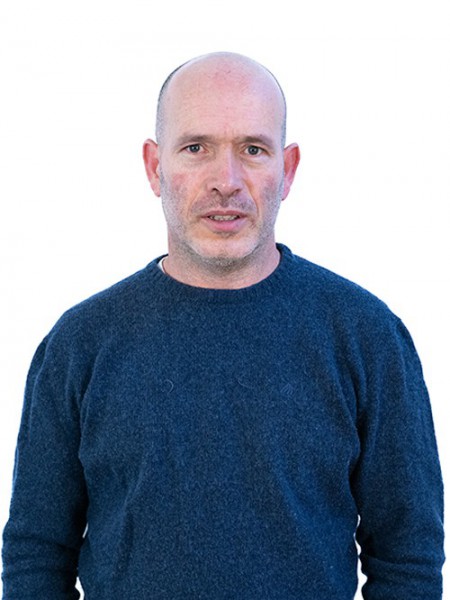abstract
In this work, we used the rigid tetrapodal organic linker, [1,1'-biphenyl]-3,3',5,5'-tetrayltetrakis(phosphonic acid) (H(8)btp), for the preparation of two lanthanide-organic framework families of compounds: layered [Ln(7)(H(5)btp)(4)(H(5.5)btp)(2)(H(6)btp)(2)(H2O)(12)]center dot 23.5H(2)O center dot MeOH [where Ln(3+) = Eu3+ (1Eu) and Gd3+ (1Gd)], prepared using microwave-irradiation followed by slow evaporation; 3D [Ln(4)(H(3)btp)(H(4)btp)(H(5)btp)(H2O)(8)]center dot 3H(2)O [where Ln(3+) = Ce3+ (2Ce), Pr3+ (2Pr), and Nd3+ (2Nd)], obtained from conventional hydro(solvo)thermal synthesis. It is shown that in this system, by carefully selecting the synthetic method and the metal centers, one can increase the dimensionality of the materials, also increasing structural robustness (particularly to the release of the various solvent molecules). Compound 1 is composed of 2D layers stacked on top of each other and maintained by weak pi-pi interactions, with each layer formed by discrete 1D organic cylinders stacked in a typical brick-wall-like fashion, with water molecules occupying the free space in-between cylinders. Compound 2, on the other hand, is a 3D structure with small channels filled with crystallization water molecules. A full solid-state characterization of 1 and 2 is presented (FT-IR spectroscopy, SEM microscopy, thermogravimetric studies, powder X-ray diffraction and thermodiffractometry). The photoluminescence of 1Eu was investigated.
keywords
METAL-ORGANIC FRAMEWORKS; CATALYSTS; NETWORKS
subject category
Biochemistry & Molecular Biology; Chemistry
authors
Firmino, ADG; Mendes, RF; Ananias, D; Barbosa, JS; Tome, JPC; Paz, FAA
our authors
acknowledgements
This work was developed within the scope of the project CICECO-Aveiro Institute of Materials, UIDB/50011/2020 & UIDP/50011/2020, financed by national funds through the Portuguese Foundation for Science and Technology/MCTES. Thanks are also due to the University of Aveiro and FCT/MCT for the financial support for the QOPNA research Unit (FCT UID/QUI/00062/2019) and CQE (FCT UID/QUI/0100/2019) research units through national funds and, where applicable, co-financed by the FEDER, within the PT2020 Partnership Agreement.






